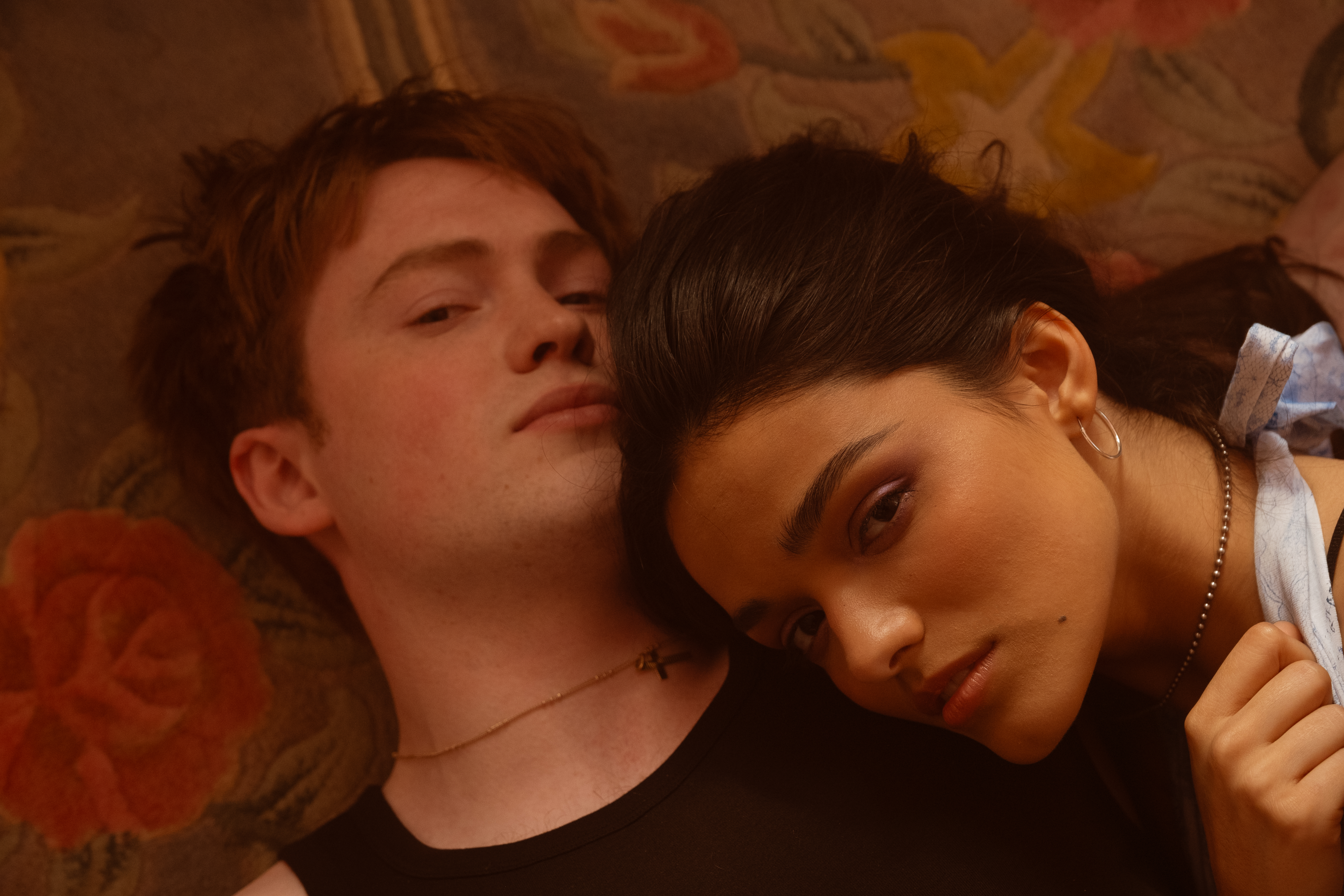Watching the Audience

They say that, when you die, your whole life flashes before your eyes. If that’s true, when I die, it’ll be like watching a porno flick: a lot of sex, some very bad actors, and little hints of a drama that I never quite pulled off, so to speak. But I’ll be the only audience for it–unless you believe that God would want to tune in, fast-forward, or whatever–and that would be a relief, perhaps. No audience.
So, when a friend asked me recently, “Who is your audience?” I immediately thought of my death. Then, I gave the question some serious consideration. For whom are my songs written? High school kids? Housewives in Nyack? Musicologists? The question has two implications: one, who do I think will find enjoyment in the music I write, and two, who will pay for it?
Who is it that my songs must appeal to and to what end? If I’m writing on Broadway, my songs are, by tradition, required to generate business–to make money for the show, for myself, the producers, the publishers, the record companies. That comes with the territory. It’s expected. When a critic writes “great score,” that generates business. If Rosie plugs your song on her show and if the CD gets to the Top Forty, that makes money.
When my music does not generate business or make money, some people take that to meant that I have not found an audience.

But the truth is that very few of the people who descend on the New Forty-Second Street today are flocking to the work of any one particular songwriter. For the most part, that doesn’t happen anymore–although any new (or old) musical by Stephen Sondheim is an event, and Lord Andrew Lloyd Webber and Sir Elton John and Mr. Frank Wildhorn most certainly have their admirers. But the name recognition of a songwriter isn’t enough to keep a show running, as evidenced by Paul Simon’s The Capeman.
On the Great White Way, art is tolerated only if it makes money. What makes a work of art is debatable, but what makes a work of art survive on Broadway is a matter of luck–e.g., is Ben Brantley in a good mood?–and brilliant commercial maneuvers. Audiences can be found for the most accessible and, likewise, the most inaccessible theater dished out on a Broadway stage, but they must be enticed and cajoled and sometimes admonished to pay money for it. If a show I write doesn’t meet with good luck–e.g., if Ben Brantley is in a bad mood–and doesn’t have a good team of commercial strategists behind it, I will have no audience. I will have a very concerned accountant.
Things are no different Off-Broadway, except in a few extraordinary cases, because musicals produced there today carry with them into development the burden of commercial expectation. A musical project often has the onus of being the money-making event of an Off-Broadway theater’s season; very often it’s the apple dangled in front of the maws of the subscriber audience. It’s the curse of A Chorus Line: Every Off-Broadway musical produced since that show has been saddled with high expectations, and not only on the part of producers and board of directors. It’s the mindset of the community. A few exceptions stand out among not-for-profit theaters; the Vineyard Theatre and Lincoln Center Theater, in particular, dare to buck the mindset with unconventional musicals. But most others produce with an eye toward a money-making hit for their organization, and why not? The bigger the hit, the bigger the subscription base for the following seasons.
[[pg]]

I have died a thousand times in the midst of subscriber audiences. They are a blessing (“People in the seats! Every night!”) and a curse (“Old people getting out of their seats! Every night!”). New musicals can have a hard time developing in front of subscribers–harder than out-of-town tryouts, certainly, though not as hard as previewing directly on Broadway. Theater subscribers are largely similar in terms of age group, race, and gender (white married women over 50 constitute the highest percentage of subscription buyers in N.Y.C.) and generally have the same expectations for a musical. It’s implicit that what I have written to be performed on a particular not-for-profit stage should be geared towards the audience that supports that particular not-for-profit stage; my show is part of the company’s philosophical/aesthetic commitment to giving its subscribers what they think they want.
Subscribers rightly expect to be served what they’ve gotten in the past. If they’ve enjoyed hit musicals that began on that tiny stage they’ve funded, they expect another one. Yet, to be fair, they are often the most forgiving of audiences. To be a part of the process of making a new show is exciting to some; it’s an intimacy rarely found during Broadway previews, and that intimacy keeps me from straying too far from the not-for-profit world. This audience for whom I write can become friends of the work, and will protect it. A Broadway audience is like a new lover every night, and that can be dangerously exciting. But a subscriber audience knows you.
After the cast album of a show is released, a different audience is met. They don’t have bodies that arrive late. They don’t have voices. I can’t hear them applauding or laughing or crying or coughing. I don’t know how old they are, or what their race or gender is. They are not sitting in a theater as they listen to my score; they are a mobile audience. They might be speeding down the Hudson or lurching up the Belt Parkway, walking their dogs or vacuuming. Through headphones, they experience the show I’ve written for the theater in a gym or on the subway. They sing along, loudly. They can repeat favorite songs over and over again, or turn the damn thing off. If they didn’t see the show itself, they imagine their own version of the stage production.
Those who did see the show sometimes like the score better after hearing it on the album, because they discover things they hadn’t heard before. You can’t use the rewind button on your remote during a live performance; part of a songwriter’s craft, whether writing for musicals or otherwise, is to grab the listener’s ear during the first listen. That doesn’t necessarily mean creating an immediately “hummable” tune, because only the very best musician can hear a melody once and hum it back; everybody else, whether they will admit it or not, needs to hear a refrain at least twice before they can go up the aisles singing it. But a song does have to immediately interest the listener, and the listening experience can be enriched by repeated visits to the songscape.
The audience for the cast albums for my shows isn’t large; around the time the country singer Jewel’s album of poetry readings went platinum, Audra McDonald’s Way Back to Paradise–which features some of my songs–sold its 20,000th unit. I was delighted, no, awed. This audience is small and, it seems, discerning. But I can’t watch them as I do a live audience.
It’s an eerie feeling when I listen to one of my cast recordings. I don’t do it often after the final mix, but when I do, it’s like listening to my life flash before my eyes. I’d rather be among a Broadway audience or a subscriber audience or any gathering of two or more, however many, however they got to the theater, whatever they like or dislike about the work, whoever they are.










